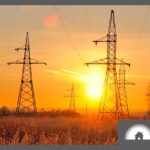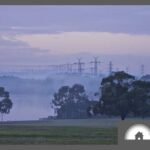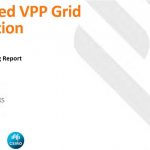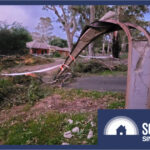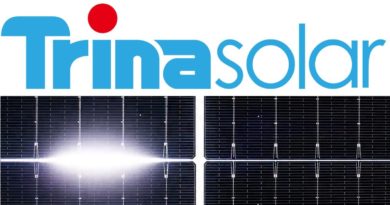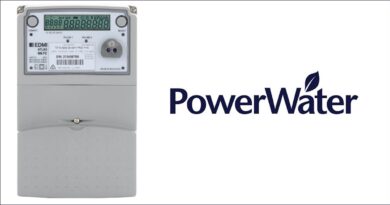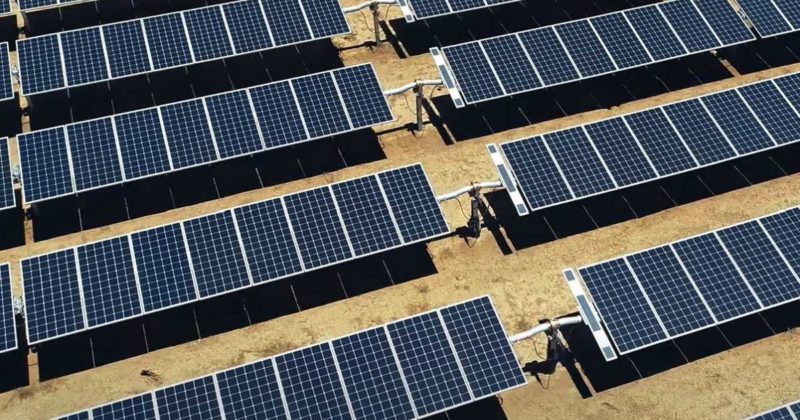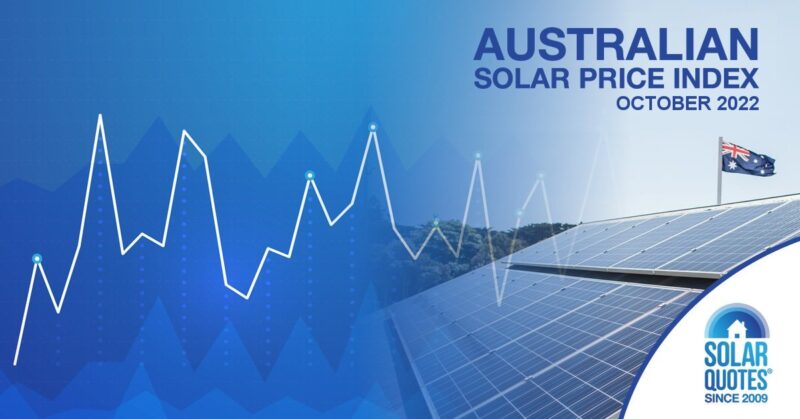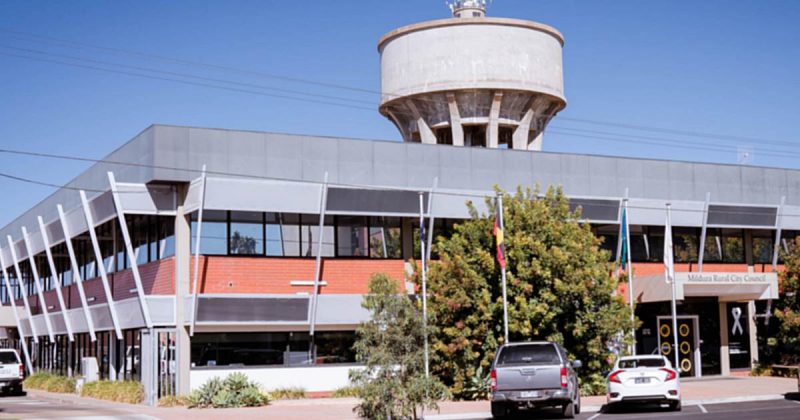There’s No Room for Nostalgia With Australia’s Energy Future
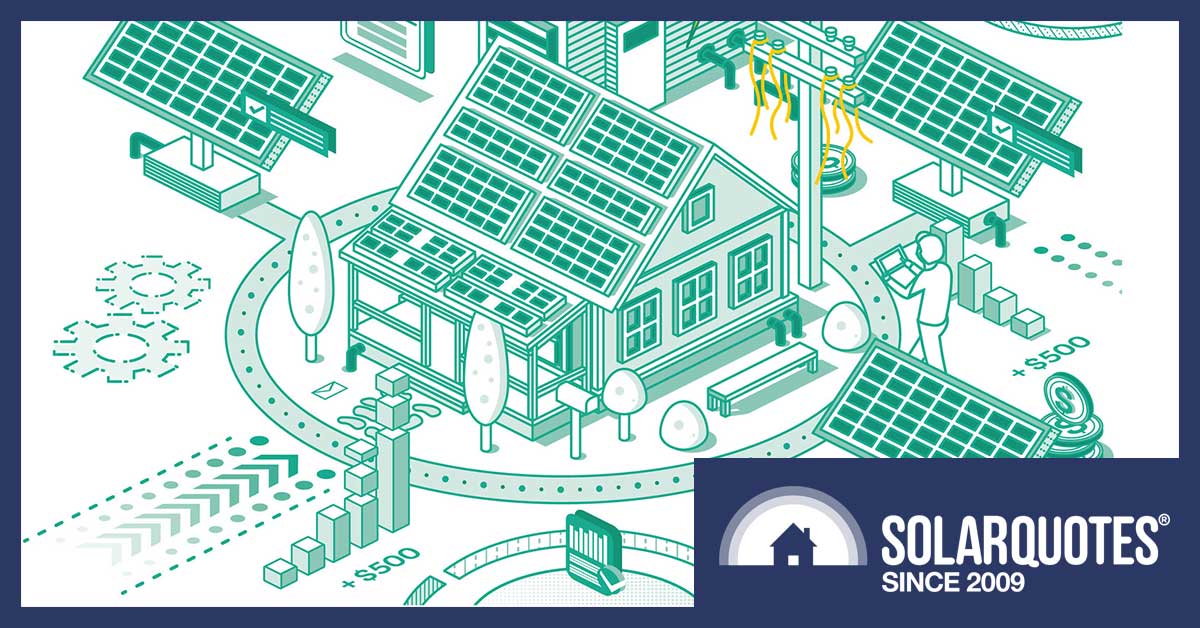
Sometimes moderating the comments section is trying. Some trolls get quietly and politely under your skin, and the best way to save yourself from a satisfying expletive-laden rant (that may get you sacked) is a measured blog post to explain the situation.
Reading those blog comments sometimes makes me feel like babies with full nappies are the only ones who relish change.
And for others, you need the patience of a saint and a lot of crayons to explain in a manner they’ll understand. The electricity grid is transforming as renewable energy sources, and advanced storage technologies reshape how we generate, distribute, and consume electricity. With innovative solutions such as battery storage and the integration of renewable energy generation, the grid is becoming more flexible, resilient, and sustainable. In this post, I will explore how these changes revolutionise the grid, reduce reliance on conventional inertia, optimise frequency control, and enable a transition to a cleaner and more efficient energy future.
Transitioning from Conventional Inertia to Inverter-Based Systems:
Maintaining grid stability and frequency control traditionally relied heavily on conventional inertia provided by spinning reserve capacity. Having flywheels, tons of metal spinning at 50Hz grid speed, was how it was done. However, recent advancements in inverter-based technologies, backed by batteries, have proven faster and more accurate in responding to disturbances and maintaining grid frequency. Australia has some scope to make improvements.
In South Australia, for example, the installation of 4 syncons (synchronous condensers) has allowed the Australian Energy Market Operator (AEMO) to reduce the required conventional gas-fired inertia from 300MW to just 80MW. These special flywheels offer really gutsy instantaneous response, like the anchor man on your tug-of-war team. They’re a great combination of old technology working in tandem with the inverters (coupled with batteries), which are now spread throughout the network, we can rapidly and precisely address disturbances, preventing system-wide disruptions.
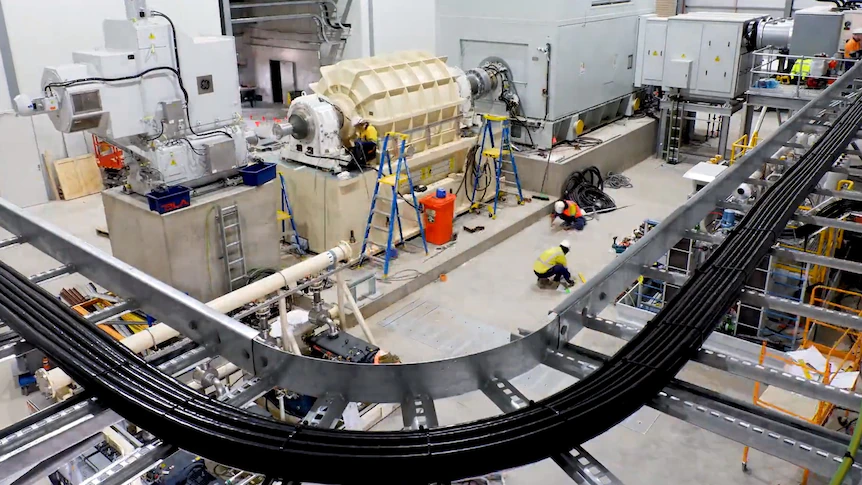
Synchronous condenser installed at Davenport, otherwise known as the switch yard attached to the former Northern Power Station at Port Augusta.
The Role of Inverters and Batteries in Frequency Control:
During large disturbances, inverters backed by batteries are unmatched in their ability to respond swiftly and maintain grid frequency. They excel in controlling the rate of change of frequency (ROCOF), an essential factor in preventing grid instability. These advanced technologies offer unparalleled speed and accuracy by decoupling frequency control from large rotating generators, which sometimes struggle with oscillations and overshoots. Furthermore, Frequency Control Ancillary Services (FCAS) can be integrated with inverters and batteries to ensure the grid is quickly controlled.
Think of it like noise-cancelling headphones. When something goes bang unexpectedly, the system doesn’t end up ringing like a bell because digital-era electronics so accurately damp it.
The Shift from Spinning Reserve to Battery Storage:
The concept of “spinning reserve” is also aptly described as “waste” because it’s like having a train, with a spare locomotive following just a metre behind. There are all the costs (staff, maintenance, fuel, pollution) of running that engine, at full speed, without it doing any useful work. It’s just there in case of emergency.
But if we have a battery electric locomotive, it can always be coupled to the train. There’s no driver needed, and no fuel burnt or pollution made, while maintenance is little more than greasing the wheels… so it’s cheap. The spare loco can be programmed to act as brakes and energy recovery when going downhill, and if there’s a hill to climb, it will assist, instantaneously.
In the steam age, you just had a few more shovels of coal and more pounds of steam pressure available. That’s how it was always done in the past, but now that “pressure” is direct electrical current stored in a battery, there’s no waste heat and no need for a steam engine to turn it into power you can use.
The Rise of Distributed Renewable Energy:
The traditional centralized model of electricity generation, with a few dozen large power plants, is gradually giving way to a distributed network of renewable energy sources. Wind and solar farms are now scattered across vast geographic areas, ensuring a continuous power supply because maintenance, like painting the Sydney Harbour Bridge, is carried out continuously on different sections of these facilities.
The resilience of renewables was demonstrated during events like the recent Lismore flood, where solar farms continued functioning while coal mines could not. This decentralized approach to generation enhances grid resilience and reduces the risk of large-scale blackouts caused by a single point of failure.
Fun Fact : The longest ever outage on the NEM, which is still ongoing, is Calide in Queensland. One of the newest steam turbines in the country had an utterly catastrophic explosion. Lodging a 300kg piece of shrapnel in the roof of the building, it was lucky no one died. The entire turbine, alternator, stator & rotor has to be replaced.
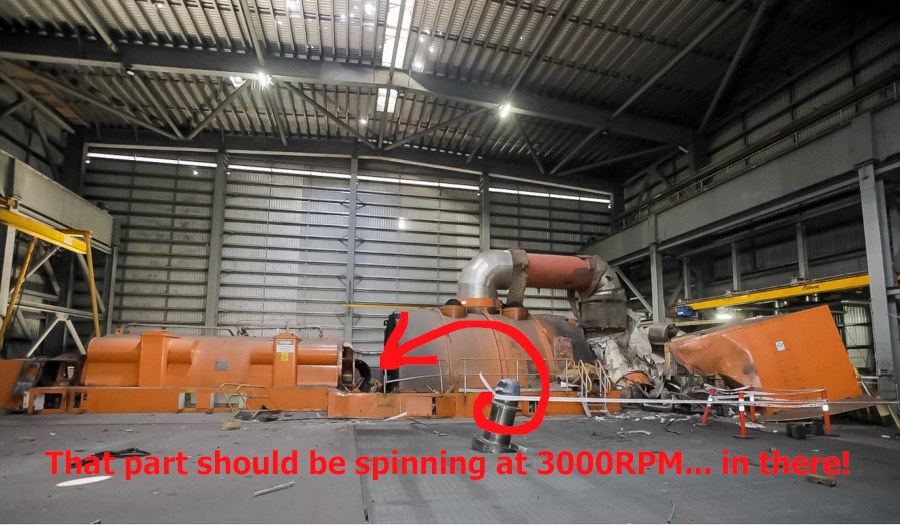
BANG. That’ll be two hundred million dollars thanks.
Moving Forward After The Lost Decade
Pumped hydro remains a valuable option for deep storage capacity, and hopefully, one day, Snowy 2.0 will be up and running. The evolving grid increasingly incorporates lightweight and fast-start generators, such as aero-derivative turbines and reciprocating engines like those installed by AGL to replace the steam plant at Torrens Island A. These technologies, characterized by their quick response times and flexibility, support the integration of renewable energy sources and provide backup power during peak demand periods or, moreover, lulls in wind generation. They use fossil methane but could be converted to green hydrogen, albeit with a terrible efficiency compared to batteries. There’s no magic bullet, but hydrogen only becomes viable when we have renewable electricity to burn.
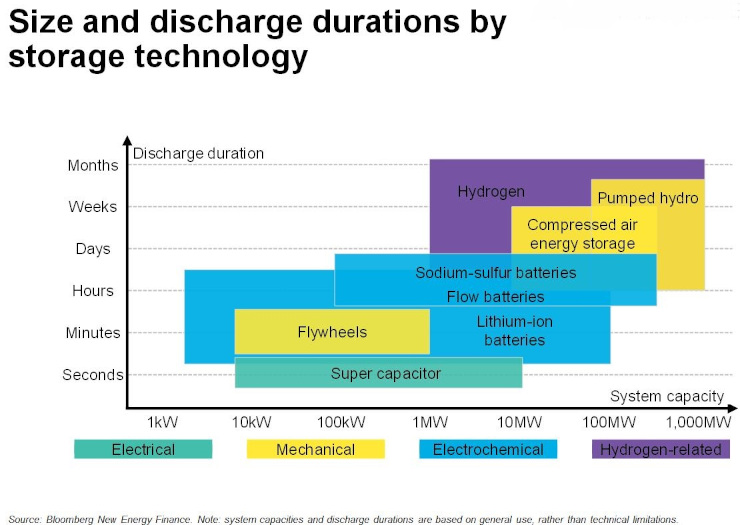
Harnessing the Potential of EV Batteries:
As Australia moves toward a fully electrified car fleet, the substantial battery capacity within these vehicles can play a significant role in grid storage. Electric vehicles’ aggregated energy storage potential can provide a substantial buffer for the grid, allowing for increased stability and resilience. With nine times the storage capacity needed, the widespread adoption of electric vehicles represents an opportunity to leverage existing assets to support the grid while also soaking up energy that would otherwise be lost to renewable curtailment.
Once the whole light vehicle fleet is electrified, we should only need half of the cars willing to trade just 20% of their battery capacity to provide the storage we need in Australia. Being that these vehicles spend, on average, 95% of their life parked, it shouldn’t be hard to wire them up. Even easier will be the Janus model of heavy vehicle electrification. Using battery packs available for swap means there will be huge amounts of stationary storage batteries spread across the countryside being charged by renewables.
Charting the Course to a Cleaner, More Resilient Grid
As our electricity grid gets a twenty-first-century facelift, it’s clear we’re not merely tweaking the old; we’re pioneering the new. We’re shifting gears from inertia-laden past to an inverter-driven future, and from centralized powerhouses to a kaleidoscope of renewable energy sources.
Our path is paved with exciting potential – think battery-backed locomotives, resilient solar farms, and the transformative power of electric vehicles. But, as we know, many Australians have made it clear – through their voting and their blog comments that they fear change. For the rest of us, it’s a challenging but thrilling expedition. So, let’s navigate these changes together, not just moderating the grid, but modernising it. We’re stepping into an era of electricity that’s not just more efficient, but resilient and sustainable. Buckle up; our electrifying journey has just begun.
Original Source: https://www.solarquotes.com.au/blog/energys-future-needs-innovation/




